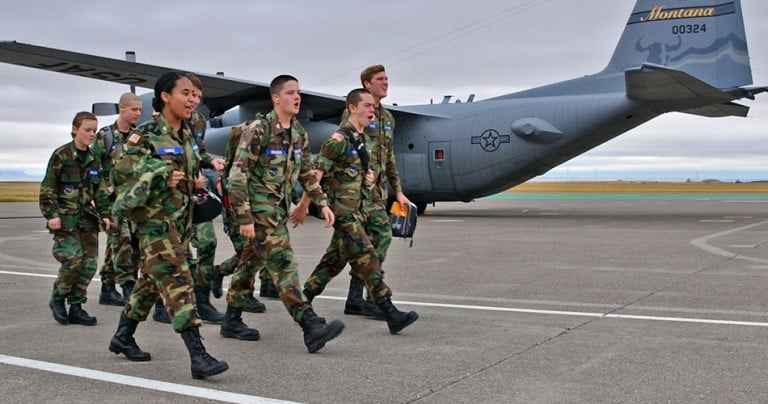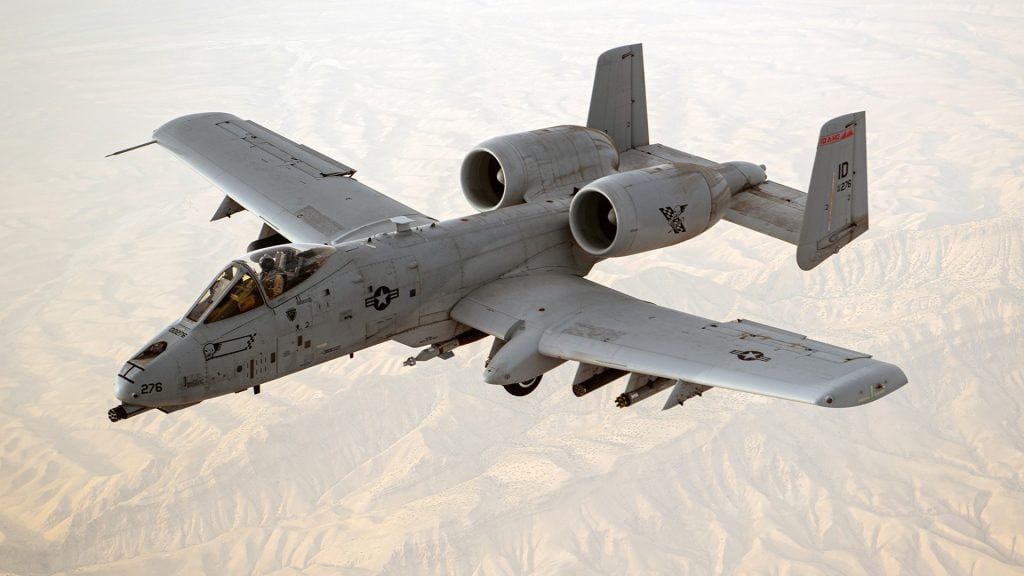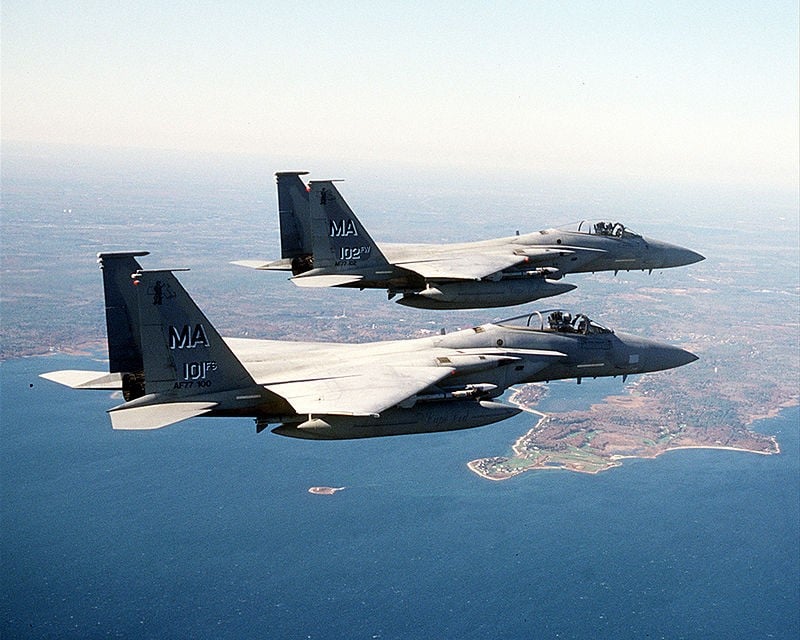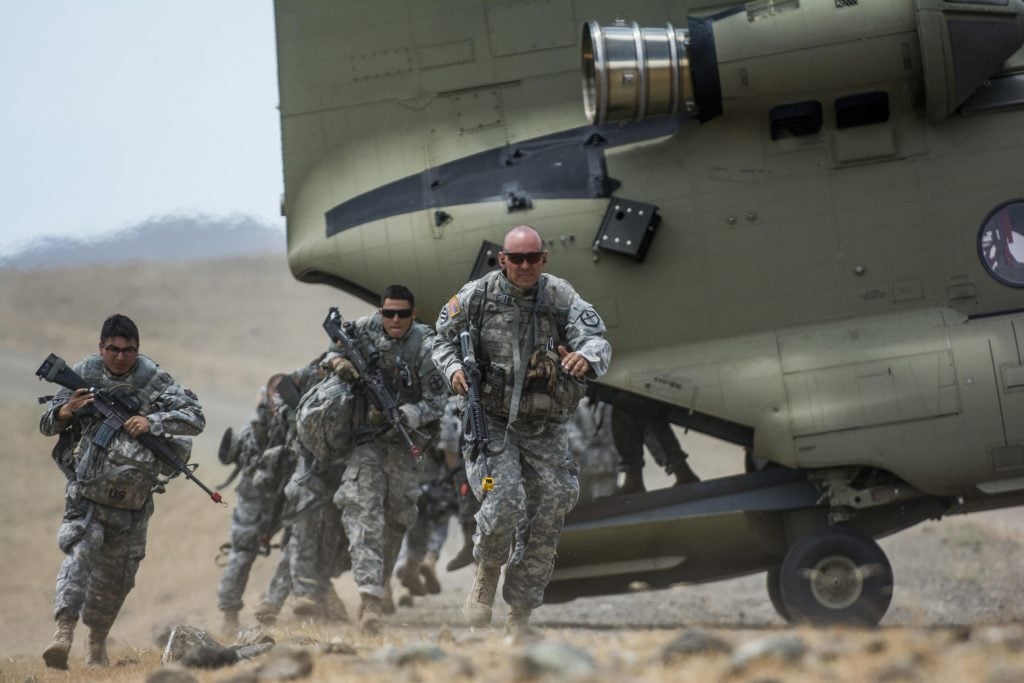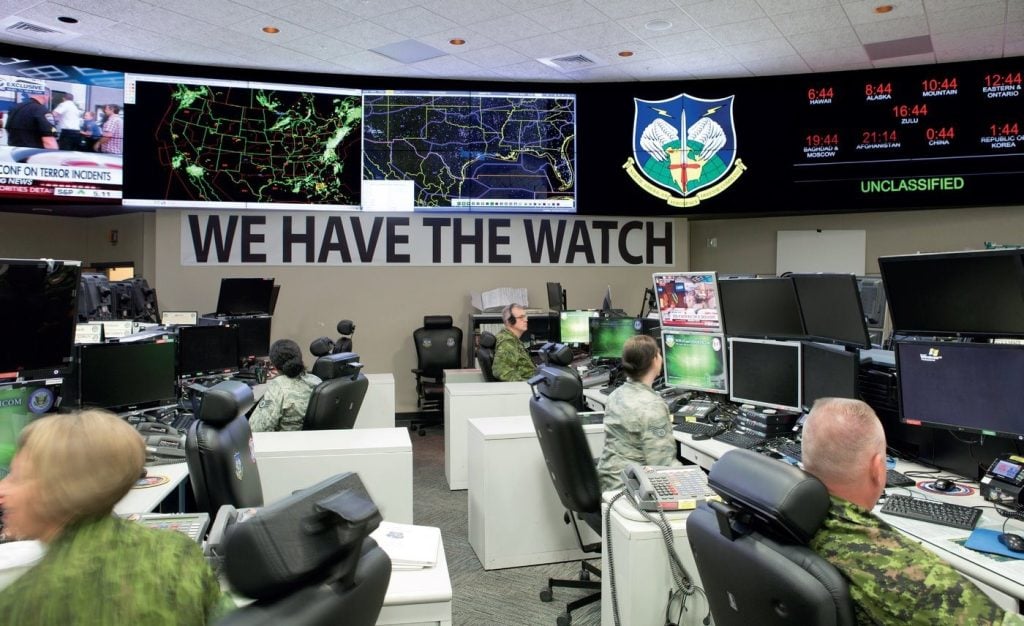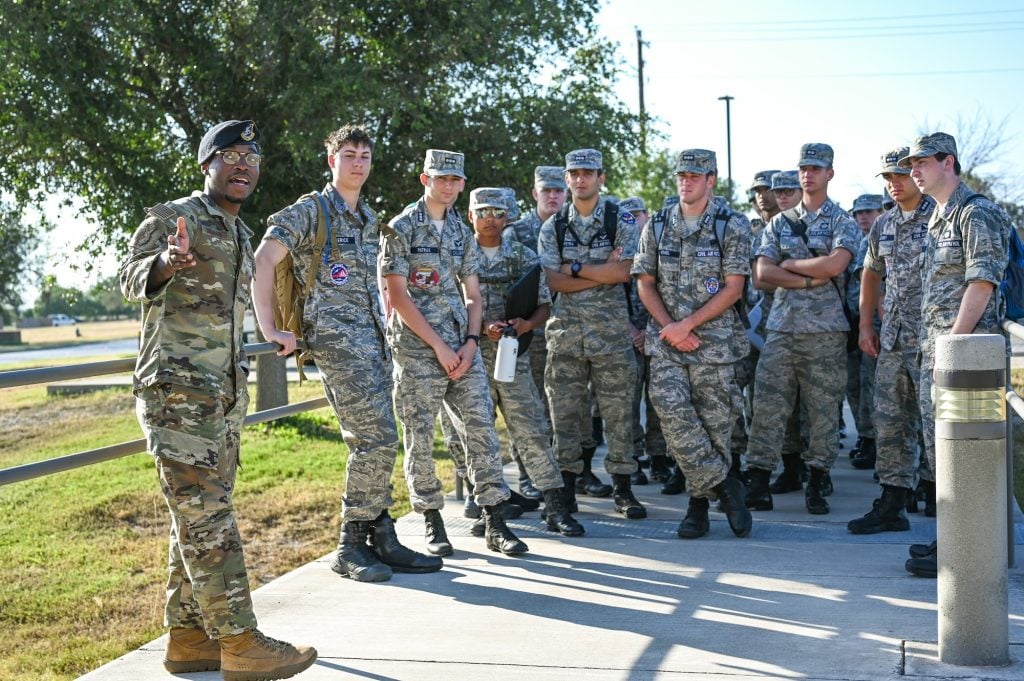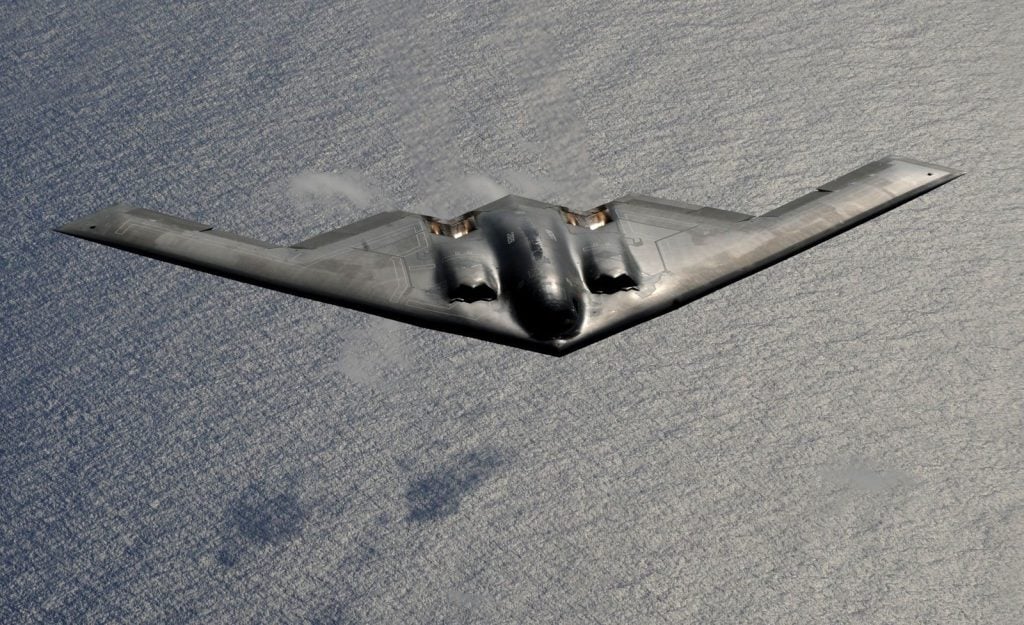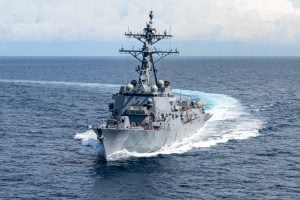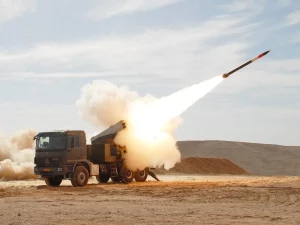In an age of evolving global threats, the United States military plays a pivotal role in safeguarding the nation’s airspace and ensuring the security of its borders. At the forefront of this critical mission are the U.S. Combat Air Patrols, a highly specialized and vigilant force tasked with maintaining constant surveillance and readiness to intercept any potential airborne incursions. This article delves into the How U.S. Combat Air Patrols Watch Over the Skies.
Combat Aircraft Around the World: A Country-by-Country Breakdown
The Vital Role of Combat Air Patrols
The U.S. Combat Air Patrols are the guardians of the nation’s skies, providing a robust and agile defense against any airborne threats that may seek to violate American airspace. These patrols, which can be conducted by both manned and unmanned aircraft, are a crucial component of the country’s comprehensive aerospace defense strategy.
Establishing a Defensive Perimeter
One of the primary responsibilities of the U.S. Combat Air Patrols is to establish a defensive zone around the nation’s borders, deterring any unauthorized aircraft from penetrating friendly airspace. This defensive perimeter is maintained through continuous monitoring and rapid response, with fighter jets and other specialized aircraft ready to intercept and engage any intruders.
Monitoring and Responding to Airborne Threats
The U.S. Combat Air Patrols utilize a vast network of sensors, including ground-based radar, airborne radar, and satellite surveillance, to detect and track any aircraft operating within the designated airspace. When an unidentified or potentially hostile aircraft is detected, the patrols are immediately dispatched to investigate, make contact, and, if necessary, take appropriate action to neutralize the threat.
Coordinating with Homeland Defense
The U.S. Combat Air Patrols work in close collaboration with the North American Aerospace Defense Command (NORAD), a bi-national organization comprising the United States and Canada, to ensure seamless coordination in the defense of North American airspace. This partnership allows for the sharing of critical intelligence, the synchronization of response efforts, and the effective management of any airborne incidents.
Diversifying Patrol Missions
While the primary function of the U.S. Combat Air Patrols is to maintain the integrity of the nation’s airspace, these patrols also undertake a variety of specialized missions to address specific threats and support broader military operations.
Protecting High-Value Assets
One such mission is the High Asset Value Combat Air Patrol, which is deployed to safeguard critical infrastructure and assets, such as Airborne Warning and Control System (AWACS) aircraft, from potential enemy attacks. These specialized patrols provide a dedicated protective umbrella, ensuring the uninterrupted operation of these vital military resources.
Suppressing Enemy Air Defenses
The U.S. Combat Air Patrols also play a crucial role in Suppression of Enemy Air Defenses (SEAD) operations, where they are tasked with neutralizing or degrading the enemy’s air defense capabilities. This allows friendly aircraft to operate more freely and effectively within the contested airspace.
Rescue and Recovery Support
In addition to their air defense responsibilities, the U.S. Combat Air Patrols provide essential support for combat search and rescue (CSAR) missions, ensuring the protection of downed pilots and other personnel in need of extraction or recovery.
Adapting to Evolving Threats
The U.S. Combat Air Patrols have also demonstrated their adaptability in responding to emerging threats, as evidenced by their rapid deployment and sustained patrols over major U.S. cities in the aftermath of the 9/11 attacks. This flexibility and agility have been instrumental in maintaining the security of the American homeland during times of heightened vulnerability.
Top 5 US Military Test Pilots and Their Legendary Aircraft
Integrating Remotely Piloted Aircraft
The U.S. Combat Air Patrols have embraced the power of advanced technology, particularly in the form of Remotely Piloted Aircraft (RPAs), commonly known as drones. These unmanned aerial vehicles play a crucial role in enhancing the patrols’ intelligence, surveillance, and reconnaissance (ISR) capabilities, providing commanders with real-time situational awareness and targeting information.
Expanding ISR Reach
The integration of RPAs into the combat air patrol operations allows the U.S. military to extend its ISR coverage, enabling the detection and tracking of potential threats from a distance. These drones can operate in areas that may be inaccessible or too hazardous for manned aircraft, providing a valuable force multiplier in the defense of American airspace.
Maintaining Persistent Presence
The endurance and versatility of RPAs enable the U.S. Combat Air Patrols to maintain a constant, uninterrupted presence in the skies, ensuring that the nation’s airspace is continuously monitored and protected. This persistent surveillance and readiness posture are crucial in deterring and responding to any airborne incursions.
Enhancing Operational Flexibility
The use of RPAs in combat air patrols also provides the U.S. military with greater operational flexibility, as these unmanned systems can be rapidly deployed and redeployed to address emerging threats or support specific mission requirements. This agility and responsiveness are essential in the dynamic and rapidly evolving security environment.
NORAD’s Role
The defense of North American airspace is a collaborative effort between the United States and Canada, facilitated by the North American Aerospace Defense Command (NORAD). This bi-national organization plays a pivotal role in the coordination and execution of combat air patrols across the continent.
Integrated Airspace Monitoring
NORAD’s extensive network of ground-based radar, airborne sensors, and satellite systems provides a comprehensive and integrated picture of the airspace over North America. This collective situational awareness enables the U.S. and Canadian militaries to detect, identify, and respond to any potential threats in a coordinated manner.
Rapid Response Capabilities
When an unidentified or potentially hostile aircraft is detected, NORAD coordinates the deployment of the appropriate combat air patrols to intercept and engage the intruder. This rapid response capability is essential in maintaining the security of the North American airspace and preventing any unauthorized incursions.
Shared Responsibility and Burden
The partnership between the United States and Canada through NORAD ensures that the responsibility and burden of defending North American airspace are shared equitably. This collaboration allows for the efficient allocation of resources, the leveraging of complementary capabilities, and the strengthening of the overall defensive posture.
Comprehensive Training and Preparation
The effectiveness of the U.S. Combat Air Patrols is underpinned by the rigorous training and preparation undertaken by the personnel involved in these operations.
Meticulous Mission Planning
Before any combat air patrol is launched, the participating units engage in extensive mission planning, which involves the development of detailed airspace control plans, air operations directives, air tasking orders, and rules of engagement. This attention to detail ensures that the patrols are well-equipped and empowered to respond to a wide range of scenarios.
Continuous Readiness Drills
To maintain a high state of readiness, the U.S. Combat Air Patrols regularly conduct training exercises and readiness drills, simulating various threat scenarios and testing their ability to detect, identify, and neutralize potential intruders. This ongoing preparation is crucial in ensuring that the patrols are always prepared to fulfill their mission objectives.
Comprehensive Personnel Preparation
The success of the U.S. Combat Air Patrols is also dependent on the dedicated efforts of the thousands of Airmen and support personnel involved in these operations. From remote pilots and sensor operators to weather forecasters and logisticians, each member of the team undergoes rigorous training and maintains a constant state of readiness to support the patrols’ 24/7 operational tempo.
The Future of Combat Air Patrols
As the global security landscape continues to evolve, the U.S. Combat Air Patrols must adapt and innovate to meet the emerging challenges and threats to the nation’s airspace.
Leveraging Advanced Technology
The integration of cutting-edge technologies, such as artificial intelligence, machine learning, and hypersonic missile defense systems, will play a crucial role in enhancing the patrols’ situational awareness, decision-making capabilities, and overall effectiveness in deterring and neutralizing airborne threats.
Enhancing Interoperability
The U.S. Combat Air Patrols will also need to strengthen their interoperability with other branches of the military and international partners, ensuring seamless coordination and information-sharing to present a united front against shared adversaries.
Adapting to Asymmetric Threats
As the nature of warfare evolves, the U.S. Combat Air Patrols must be prepared to address a wider range of asymmetric threats, including the proliferation of unmanned aerial systems, cruise missiles, and other unconventional airborne platforms that may seek to penetrate American airspace.
Maintaining Technological Superiority
To stay ahead of the curve, the U.S. military must continue to invest in the research, development, and procurement of advanced aircraft, sensors, and communication systems that will give the Combat Air Patrols a decisive edge in the skies.
Decoding the Hand Signals of Aircraft Carrier Operations
Conclusion
The U.S. Combat Air Patrols are the guardians of the nation’s airspace, providing a robust and agile defense against any potential airborne threats. Through their unwavering commitment, advanced technological capabilities, and seamless coordination with international partners, these elite units have played a crucial role in safeguarding the security and sovereignty of the United States.
As the global security landscape continues to evolve, the U.S. Combat Air Patrols must remain adaptable, innovative, and vigilant in their mission to protect the skies. By embracing new technologies, strengthening interoperability, and anticipating emerging threats, these patrols will continue to be the first line of defense in the ever-changing battle for airspace dominance.
FAQs
1. How is US airspace protected?
The Federal Aviation Administration oversees U.S. airspace to ensure pilots can navigate safely. According to the FAA, the National Airspace System includes both “controlled and uncontrolled airspace, both domestic and oceanic,” along with the information needed to ensure air travel safety.
2. Who protects American airspace?
United States and Canada Aerospace Defense Command
3. How does combat air patrol work?
Known as CAP, which stands for Combat Air Patrol, this tactic generally involves fighters flying a tactical pattern around or screening a defended target while searching for incoming attackers. Effective CAP patterns often include aircraft positioned at both high and low altitudes to minimize response times when an attack is detected.
4. Who controls airspace in the USA?
The U.S. Congress has granted the Federal Aviation Administration (FAA) the authority to oversee airspace use, management, and efficiency; air traffic control; safety; navigational facilities; and the reduction of aircraft noise at its source.
5. What is the most restricted airspace in the US?
The White House
